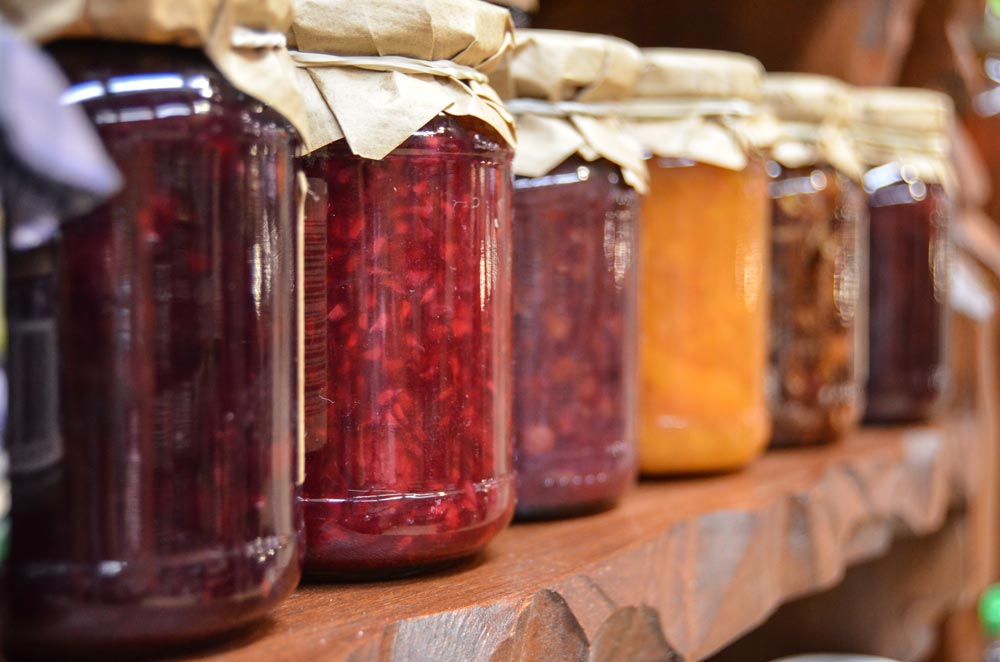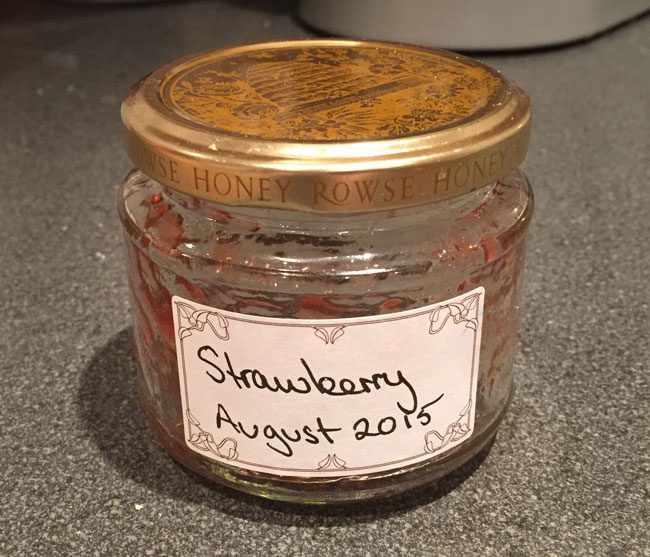Is there a paradox of choice?
Saturday, June 11th, 2016 | Science

You may have heard of the idea that there can be too much choice. It’s a paradox because we think that more choice is always better. However, in his book The Paradox of Choice, Barry Schwartz claims that once you have a certain level of choice, more actually makes us unhappy because it raises our expectations. If there are three choices of trainers, we pick one. If there are a hundred choices we agnoise because with such much choice we expect to find a perfect one, and don’t.
He makes a similar case in a TED talk.
A lot of this comes from a famous study about selling jam, conducted by Mark Lepper and Sheena Iyengar. They noticed that if you offered people six different choices of jam, they bought more than if you offered them 36.
All of this is easy to identify with. However, to muddy the water, a blog post by Freakonomics suggests that it is less clear after all. When looking at real-world datasets it is actually quite difficult to find examples of this working.
They make a similar claim in a YouTube video, pointing out that you cannot generalise one specific study, such as the jam study, and assume it applies everywhere.
How much is too much jam? Perhaps there is an upper limit. However, more research is needed before we can start making generalised rules.

You may have heard of the idea that there can be too much choice. It’s a paradox because we think that more choice is always better. However, in his book The Paradox of Choice, Barry Schwartz claims that once you have a certain level of choice, more actually makes us unhappy because it raises our expectations. If there are three choices of trainers, we pick one. If there are a hundred choices we agnoise because with such much choice we expect to find a perfect one, and don’t.
He makes a similar case in a TED talk.
A lot of this comes from a famous study about selling jam, conducted by Mark Lepper and Sheena Iyengar. They noticed that if you offered people six different choices of jam, they bought more than if you offered them 36.
All of this is easy to identify with. However, to muddy the water, a blog post by Freakonomics suggests that it is less clear after all. When looking at real-world datasets it is actually quite difficult to find examples of this working.
They make a similar claim in a YouTube video, pointing out that you cannot generalise one specific study, such as the jam study, and assume it applies everywhere.
How much is too much jam? Perhaps there is an upper limit. However, more research is needed before we can start making generalised rules.






